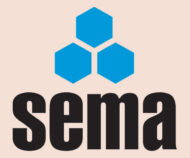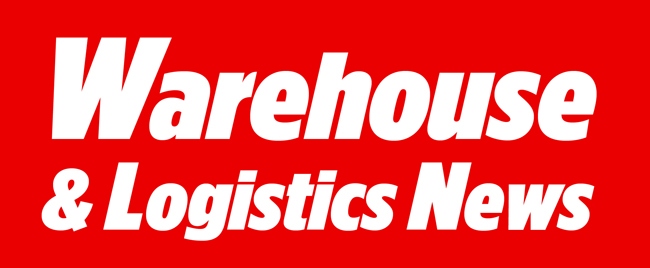Our first question this month asks about Height Adjustment and our second looks at the importance of frame bracing.
 Height Adjustment
Height Adjustment
Q. I wonder if you could give me some advice we have racking fitted and on the load notices it says first beam height 1350mm then between beams 1350mm but we have noted that has been changed so that first beam is around 850mm from ground and the next 850 between beams and then goes back to 1350mm.
Can you please advise if we need to change the load notice signs and more importantly can we presume the overall weight for the racking will remain the same. I wonder does the first beam being lower and the additional beam being fitted effect this at all.
A. Racking and shelving are considered to be work equipment and, therefore, are covered by the Provision and Use of Work Equipment Regulations (PUWER) which requires, amongst other things;
•That the equipment should be inspected and maintained in good working condition,
•That people operating work equipment are given adequate training in the correct use of the equipment,
•That employees are given necessary health and safety information.
The load notice does not just give information about the Safe Working Load (SWL) of the racking, there are also important instructions and information about the general usage of the racking e.g. prohibitions about altering or climbing the racking as well as an instruction to report damage and signposts to information sources.
Paragraph 634 of the HSE publication “Warehousing and storage – A guide to health and safety” HSG76 states that “Racking should have a clear unambiguous notice securely fixed to it, stating the maximum load together with any necessary specified load configurations”, and goes on to make reference to the SEMA publication on Load Notices.
The best way to reduce the chance of any misunderstanding is for the actual arrangement of the racking to match the information given on the load notice. Therefore, it is good practice to get revised load notices (which reflect the actual arrangement of the racking), from the supplier whenever any changes are made to the configuration of the racking. This means that the information given on the load notice will be reliable. There is a Load notice video on the SEMA website that gives more information www.sema.org.uk/load-notices.
The importance of frame bracing
Q. My question is regarding frame bracing which points inwards rather than outwards and I have found the following reference and I would like to know if this is still correct.
“Frame Bracing: The importance of bracing is sometimes underestimated. Frame bracing can help to reduce impact damage to uprights. Frames must be braced to the manufacturer’s standards. A number of frames have been installed the wrong way around with the base diagonal pointing to the inside of the rack rather than the outside. The client should seek assurances from the supplier/installer that this is acceptable and that this does not affect the load carrying capacity of the rack.”
A. The note regarding the frame bracing is generally correct, although the primary function of the frame bracing is to brace the upright thereby allowing the safe load capacity of the upright to be achieved rather than to reduce impact damage.
There is no absolute “right” or “wrong” orientation of the frame bracing as the racking manufacturers require their frames to be installed to a specific orientation (which is not the same for all manufacturers) and the advice that ‘The client should seek assurances from the supplier/installer that this is acceptable and that this does not affect the load carrying capacity of the rack’ is correct.
If there are row spacers between back-to-back runs of racking, then these should be fitted adjacent to the back-to-back bracing nodes. If one frame is the wrong way round then the row spacers may not effectively tie the two back-to-back frames together.
The annual inspection of the racking should identify the issues specific to the site in question and should provide the appropriate recommendation for the client.
SEMA Technical Enquiries
If you have a query send it to us by email to tq@sema.org.uk and we will do our best to have it answered by one of our technical experts.
SEMA Rack Safety Awareness Inspection Courses
These courses are aimed at end users, giving an in-depth look at the need for inspections, how to conduct an assessment and what actions to take when this is completed.
SEMA Approved Rack Inspectors Qualification
This qualification is aimed at professionals who conduct rack surveys as an integral and significant part of their duties. It involves delegates in undertaking an in-depth SEMA Course, together with an examination and practical assessment. CPD will be an important part of the qualification, demonstrating to end users that SEMA Approved Inspectors maintain a high professional standard.
SEMA Publications
SEMA has 26 publications in stock – Codes of Practice, ‘Guides’ and European documents – all of which are available from our Offices.
SEMA




Comments are closed.